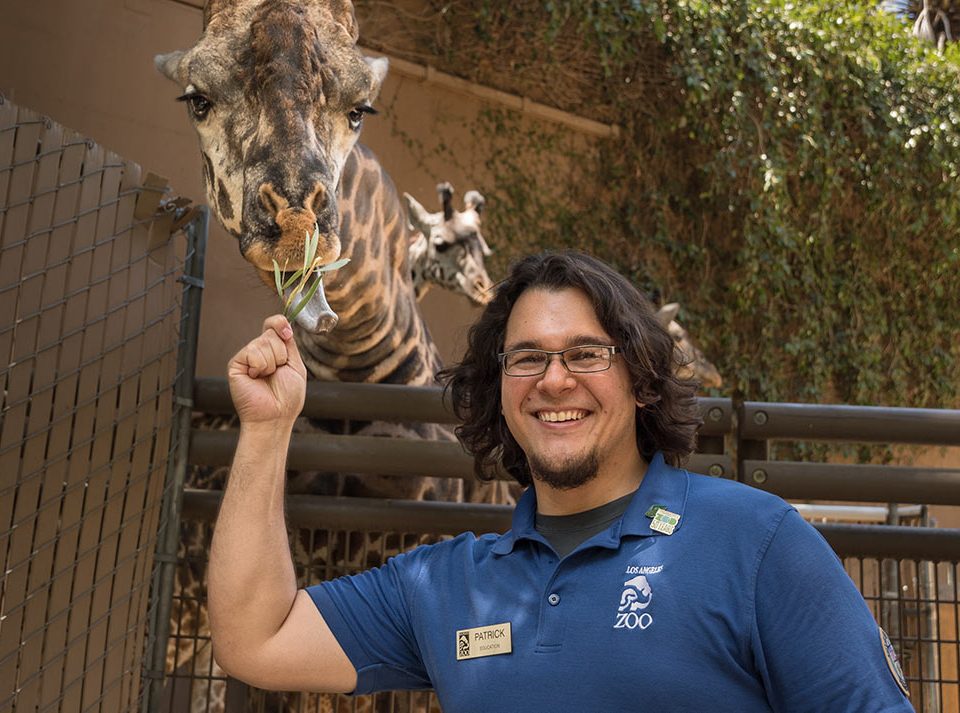We Are AZA

Educational Adventures: Stretching to Connect Giraffes and People
July 6, 2018
Zoo Update with John Lewis
July 6, 2018
Photo by Jamie Pham
Many zoogoers are surprised to learn that zoos, like banks, hospitals, and colleges, are monitored by various regulating agencies including the U.S. Department of Agriculture (USDA) and the Association of Zoos and Aquariums (AZA). Of the various inspections that accredited zoos undergo, that of the AZA is most stringent. USDA inspections (focused on animal care) occur twice annually and the AZA evaluates its member institutions every five years (more often if problems are suspected) for all facets of animal care plus educational and administrative components. Of the 2,500 USDA-licensed exhibitors who display wild animals to the public in the United States, only a fraction are accredited by the AZA. As of this year, only about 230 North American facilities are able to display the AZA logo.
Of the 2,500 USDA-licensed exhibitors who display wild animals to the public in the United States, only a fraction are accredited by the AZA.
“An institution submits its materials based on the standards set out by the AZA,” L.A. Zoo Director and AZA board member John Lewis explains. “Then a visiting team comes in and they act as the eyes of the commission to make sure that what’s been submitted is accurate and also to see if there are any concerns—they also note things that they think are particularly good. Then they file a fairly extensive report and the commission reviews it… One of the benefits of being on that commission is that it’s a major learning experience. You see how other institutions address problems. You see what happens when they don’t address problems, and you learn what leads up to those failures. It’s hard work.”
The inspection covered the depth and breadth of the Los Angeles Zoo’s animal care, programs and facilities, education programs, and interrelationships.
“It is a particularly interesting relationship to have a city department and a private nonprofit working together because you have to function seamlessly,” GLAZA President Connie Morgan points out. “You have the same mission but different ways of accomplishing it. I think the AZA accreditation committee was impressed because it is a difficult model. It’s more complex than either being a city department entirely or being a private entity entirely and it takes goodwill and good faith always to make it work.”




